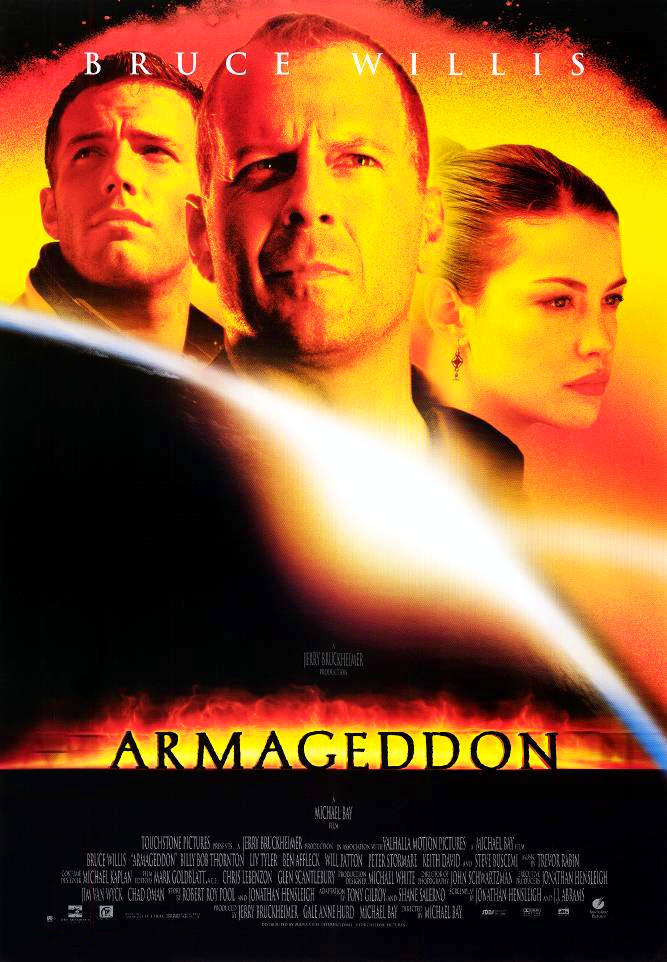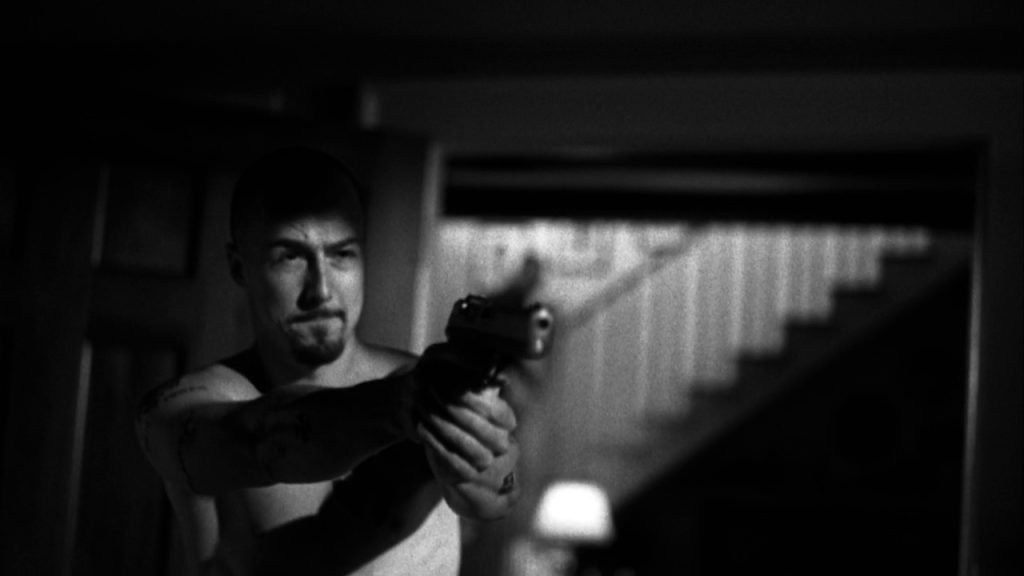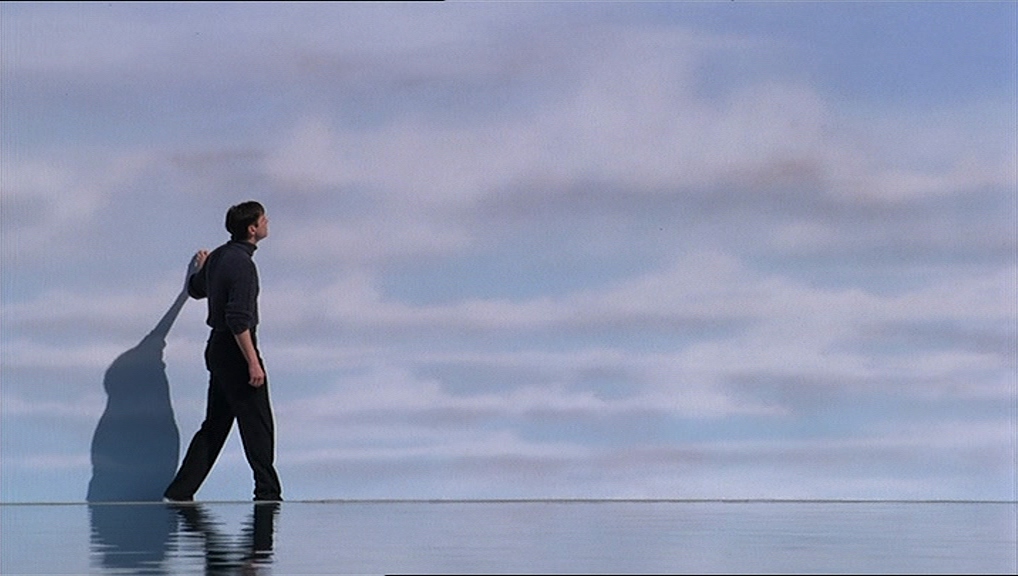“Armageddon” (1998) – Film Review

“Armageddon” (1998), directed by Michael Bay, is a film that epitomizes the late ’90s blockbuster – an era of big budgets, bigger explosions, and plots that often seemed like they were stitched together during a particularly adrenaline-fueled brainstorming session. The film, with its mix of space adventure, apocalyptic dread, and a heavy dose of American heroism, is as subtle as a sledgehammer to the senses, and about as nuanced.
Narrative: Earth in Peril, Cue the Oil Drillers
The plot of “Armageddon” is straightforward in a way that only big-budget disaster movies can be. A massive asteroid is hurtling towards Earth, and the best solution NASA can come up with is to send a team of oil drillers to space to plant a nuclear bomb and blow it up. This team, led by Harry Stamper (Bruce Willis), includes an ensemble cast featuring Ben Affleck, Owen Wilson, and Steve Buscemi, among others. The narrative is a hodgepodge of romance, sacrifice, and patriotism, all played out against a backdrop of impending doom.
Performances: A Charismatic Cast in a Chaotic Galaxy
Bruce Willis as Harry Stamper brings his trademark gruff charm to the role, embodying the everyman hero with a knack for drilling holes and making tough decisions. Ben Affleck, as his daughter’s boyfriend, A.J., spends a good portion of the film vacillating between bravado and boyish charm. The rest of the cast is a carousel of characters who each bring their brand of humor, heart, and, in Steve Buscemi’s case, a dash of creepy genius.
Behind the Scenes: The Making of a Cosmic Catastrophe
The production of “Armageddon” was, by many accounts, as dramatic as the film itself. Michael Bay’s directing style, demanding and kinetic, led to a filming process that was intense and often chaotic. The special effects, a mix of practical and CG, were groundbreaking at the time, though they occasionally veer into the realm of the unbelievable – a common trait in Bay’s filmography.
Shooting the asteroid scenes involved elaborate sets and detailed miniatures. The asteroid’s surface, a jagged landscape of doom, was a triumph of set design and an exercise in creating a visually compelling hellscape.
Cinematography and Score: A Sensory Overload
Director of photography John Schwartzman and composer Trevor Rabin work in concert to create a film that is a full-on assault on the senses. The cinematography is a whirlwind of quick cuts and sweeping shots, while the score is a bombastic symphony that underpins the film’s ethos of go big or go home.
Themes: Patriotism, Sacrifice, and the Human Spirit
At its core, “Armageddon” is a film about sacrifice and the human spirit, themes that are explored with all the depth of a kiddie pool. The film is unapologetically patriotic, painting a picture of American ingenuity and bravery that borders on propaganda. The emotional beats, meant to highlight the characters’ bravery and the gravity of the situation, often feel forced, as if the film is trying to squeeze tears out of the audience with a wrench.
Cultural Impact: A Legacy of Loud
“Armageddon” left its mark on the cultural landscape, not as a cinematic masterpiece, but as a hallmark of an era when Hollywood was obsessed with disaster. The film’s legacy lies in its formula – one that has been replicated in numerous disaster movies since, each trying to capture that same blend of action, spectacle, and emotional manipulation.
Final Thoughts
“Armageddon” is a film that knows exactly what it is – a loud, flashy, over-the-top spectacle that prioritizes spectacle over story, and explosions over exposition. It’s a popcorn flick in the purest sense, one that dazzles the senses while numbing the mind. While it may not offer much in terms of narrative depth or character development, it delivers on its promise of being an adrenaline-fueled ride from start to finish – a ride that, for all its sound and fury, ultimately signifies nothing more than a desire to entertain at the loudest possible volume.




